All of time and space, all that’s ever happened or ever will – the TARDIS has seen it all! But what is the furthest the Doctor’s machine has actually travelled?
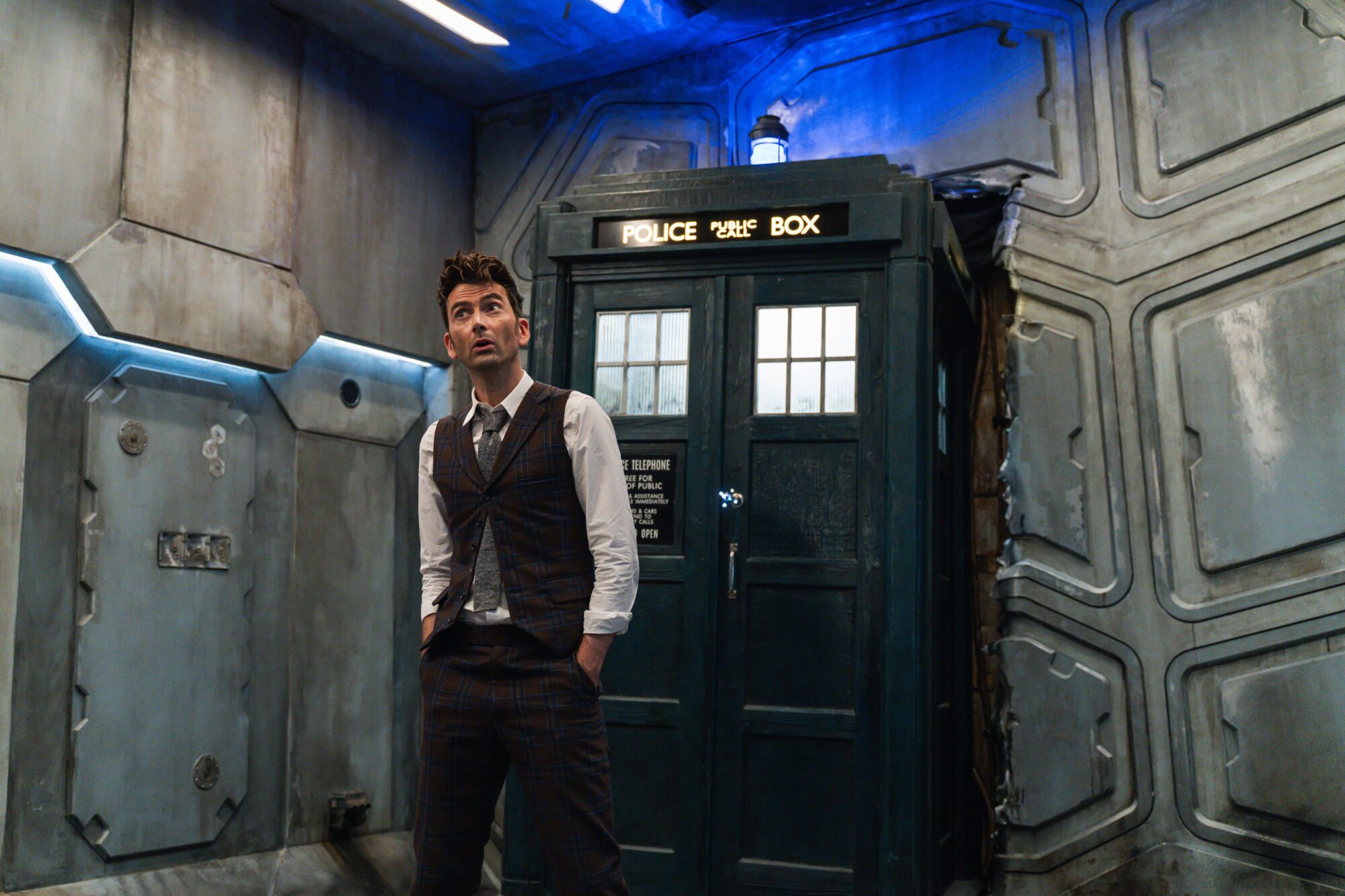
In 2023, Doctor Who took the TARDIS to a hitherto unexplored part of the universe – namely, the universe’s edge. This was in the second of the 60th anniversary specials ‘Wild Blue Yonder’ in which the Fourteenth Doctor and Donna found themselves at the farthest reach of creation, and of course, save for the spaceship they found themselves on, there was only a black void beyond.
But that is not to say that there was nothing there. In fact, the TARDIS detected a danger so great that it ran away to protect itself, leaving the Doctor and Donna stranded. And as it turned out, there was a form of life that existed beyond the universe’s edge, and it was terrifying.
Even more intriguingly, this corner of reality was a vulnerable point in time and space. The Doctor discovered this when he invoked a superstition to fight the episode’s enemies; he lay down a trail of salt, and told them it was impossible for them to cross. This superstition rippled back through reality and altered the mechanics of the universe, and in the next episode we saw UNIT making use of salt to protect themselves against the Celestial Toymaker‘s cabinet.
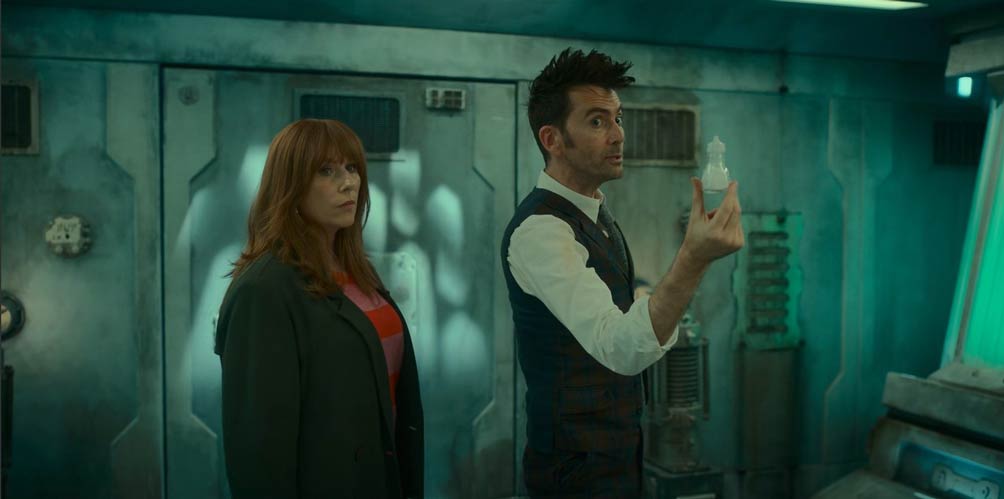
The edge of the known universe, therefore, is a dangerous place to visit, and geographically speaking this is the furthest the TARDIS has ever travelled.
Or is it? It’s all relative, of course, and there have been a number of occasions when the TARDIS has travelled beyond the known universe. The Doctor alluded to this in ‘The Edge of Destruction’ when he casually mentioned his trip to the planet Quinnis in the “fourth universe,” but one of the best-known examples is the E-Space trilogy from Season 18.
Short for Exo-Space, E-Space is a pocket parallel universe and the negative counterpart to the universe that the Doctor normally inhabits (N-Space.) It looks and feels much like our own universe, except that it has a greenish tint, and the Doctor and Romana found themselves there after falling through something called a CVE, or Charged Vacuum Emboitement, which is a sort of interdimensional pathway between universes. This took place in the 1980 story ‘Full Circle’ and, over the course of the next two adventures, the Doctor and Romana sought to find their way out of this alternate reality.
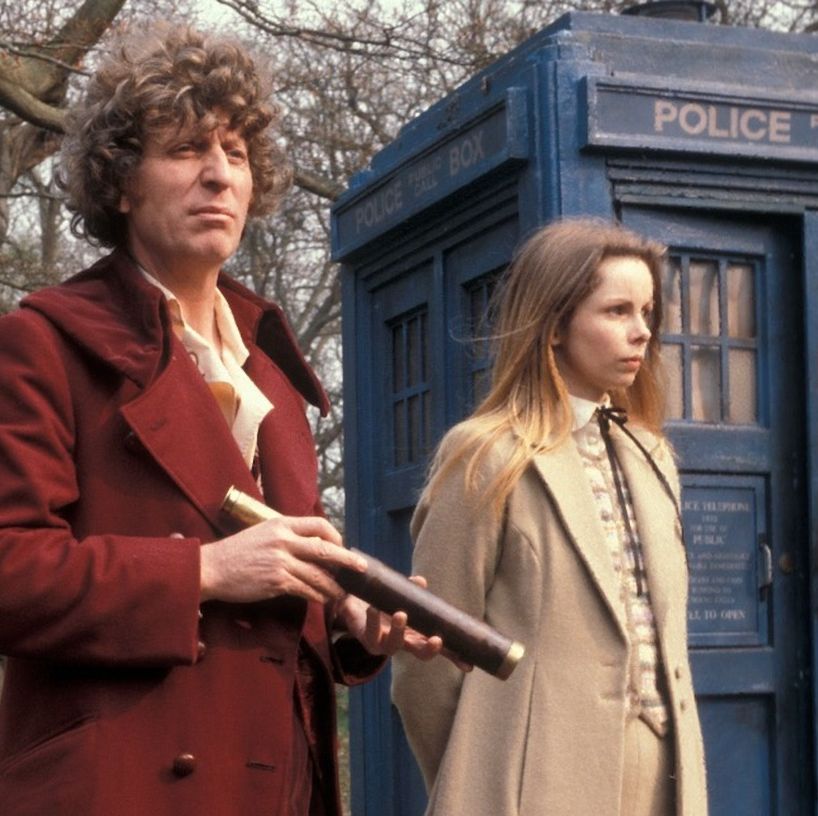
It is, however, rare for the TARDIS to take trips to parallel universes due to the logistics involved. What these logistics are, exactly, is hard to say; the Fifth Doctor once pointed out that “there isn’t a taxi service going back and forth,” so there’s little chance of an Uber. But we do know that some parallel universes are sealed off by impenetrable ‘walls,’ which is how the Doctor’s companion Rose became trapped there in ‘Doomsday.’
And so, most of the time, the TARDIS takes the Doctor to parallel universes by accident. The earliest example of this is in the 1970 story ‘Inferno’ where a sudden power surge sends the TARDIS console to a parallel Earth. This is a particularly grim adventure from Jon Pertwee’s first season, and in the story the Time Lord witnesses the planet’s destruction, and he is powerless to stop it. But he uses this knowledge of these events to save the real planet Earth from meeting the same fate.
These examples, though, all concern the TARDIS’ travels through space. So what about its travels through time? How far along the timeline has the TARDIS actually been?
Believe it or not, the Doctor has visited the birth of the universe twice – once in ‘The Edge of Destruction,’ and once in ‘Castrovalva.’ Both times, however, were accidental. In ‘The Edge of Destruction,’ the TARDIS was spiralling out of control as one of the buttons on the console had malfunctioned. It turned out to be the ‘fast return’ switch, which was rocketing the TARDIS back to the very start of creation.
And if the Doctor had looked out of the window, he might have seen another TARDIS under the control of the Fifth Doctor – or, more specifically, the Master, who used the Doctor’s companion Adric to hijack the Time Lord’s vessel and send it back to “the biggest explosion in history.” The Doctor, although suffering from post-regenerative trauma, was able to avert this catastrophe by jettisoning a portion of the TARDIS rooms and giving the vessel sufficient thrust to race away from the cataclysm.
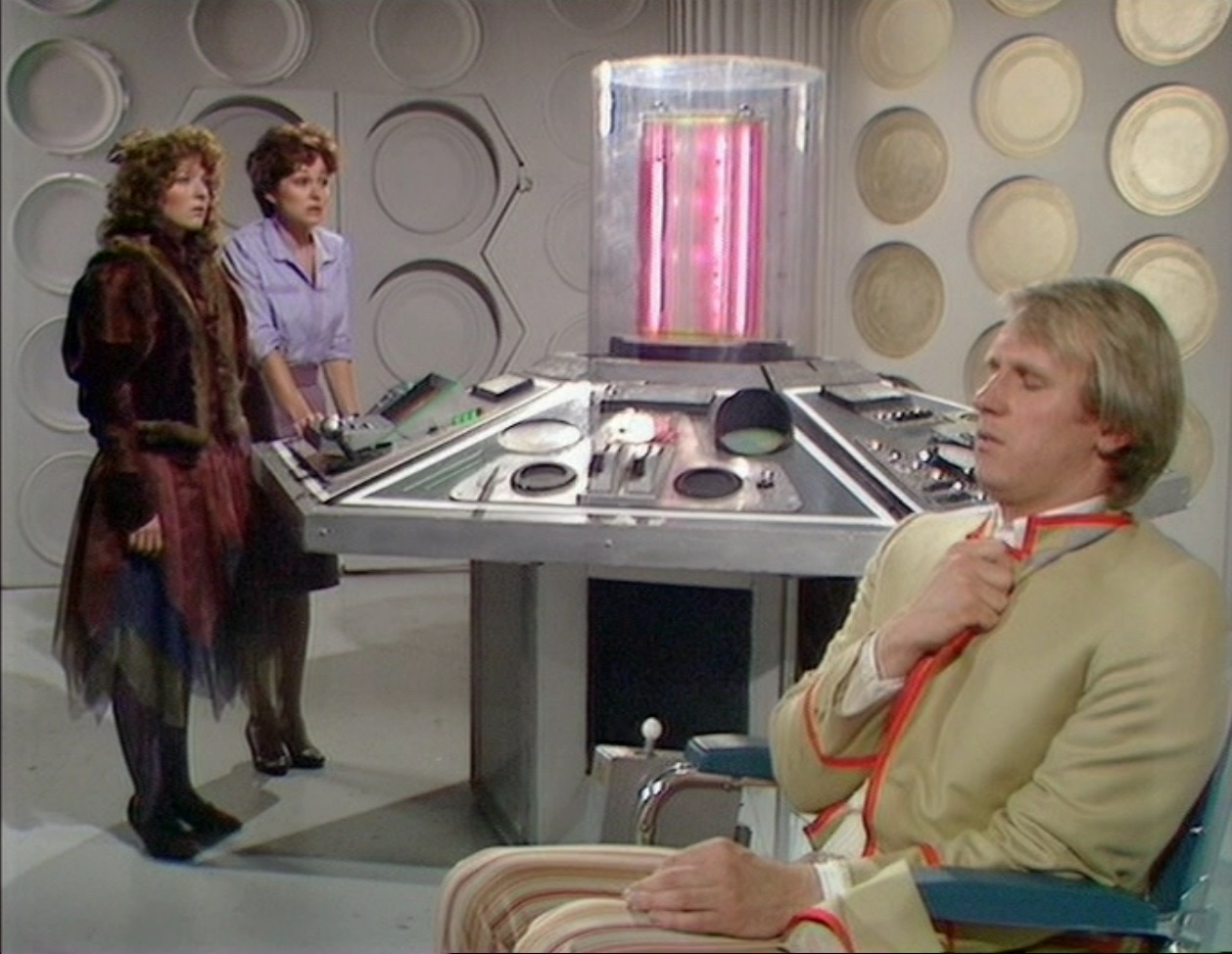
But the TARDIS has visited the other end of the timeline as well – that is, the end of time. Several times, in fact. The earliest example is the 2007 episode ‘Utopia’ in which the TARDIS raced to the very end of the universe in an attempt to rid itself of Captain Jack Harkness, who was clinging to its outer shell. (It’ll make sense when you watch it.)
In the episode, the Doctor and his companions discovered some of the last humans sheltering on a dying planet called Malcassairo, who were building a rocket in the hopes that it would take them to a new, utopian life where the “skies are made of diamonds.” As you can imagine, Malcassairo was dark, desolate and bleak, as all the stars in the universe had faded.
However, this wasn’t the last time the TARDIS visited the end of the universe. The Doctor returned in the 2014 episode ‘Listen’ in order to rescue Colonel Orson Pink, who had been stranded at the very end of the timeline after a failed time travel experiment. He found himself on a rocky, seemingly lifeless world, and believed himself to the last man standing in the universe, sealed inside his rocket. Until, of course, he heard the sounds of a creature outside, desperate to get in.
Or did he…?
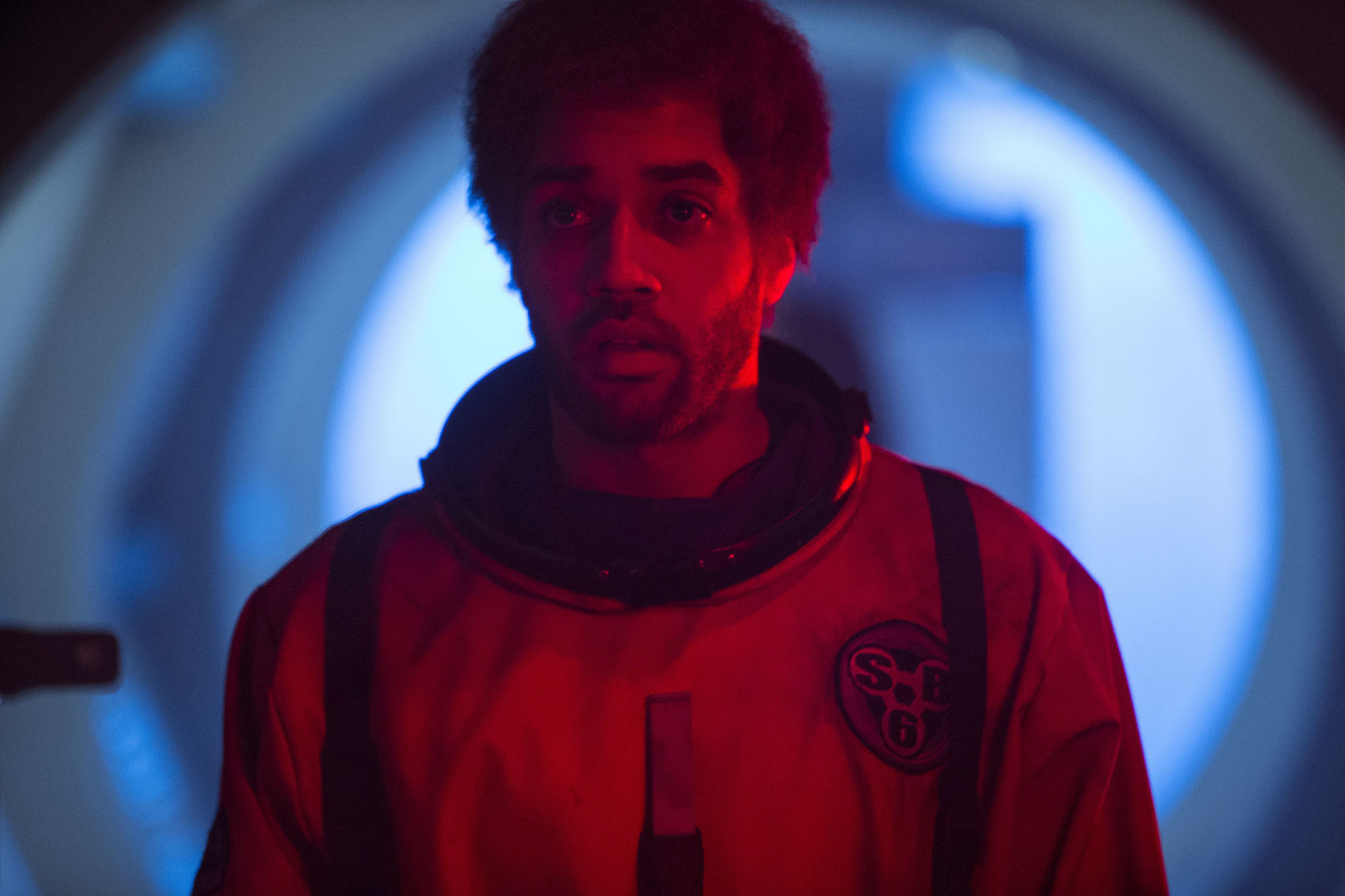
So is this the furthest point in time and space that the TARDIS could possibly go? Not necessarily. We know from ‘The Satan Pit’ that life existed before the known universe, so there are still other, more mysterious realms for the TARDIS to explore.
But over to you, reader. Where would you like the Doctor’s famous vessel to go next? Let us know in the comments below.










Leave a Reply